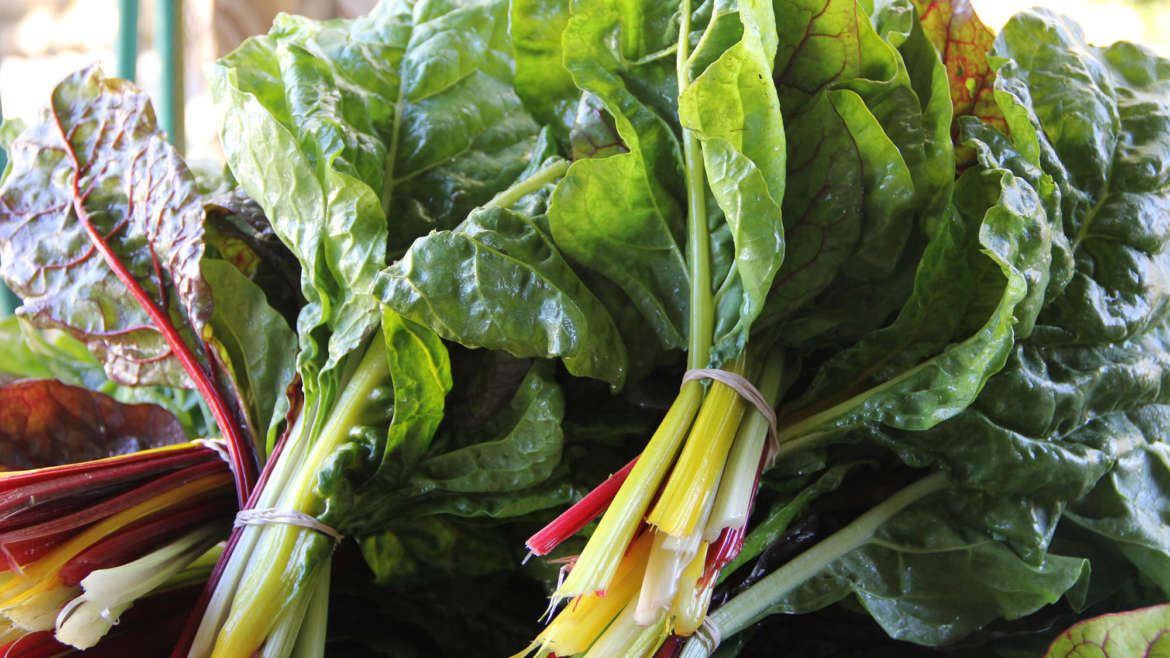Everyday on the farm is a race against the sun. How many heads of lettuce, bunches of kale, stems of flowers can we take out of the field before the temperatures rise, the leaves wilt, and the flowers droop? We put our fastest crew members on the most sensitive crops and start our days early. But still, in the summer, the sun is strong and the vegetables warm quickly. It’s our job to cool them quickly too. The faster that happens, the longer shelf life they will have for the customer.
Changing the temperature of the vegetables means we need to quickly transfer the heat of the vegetables to another form of matter – air or water. Instead of putting the vegetables right into our walk in cooler which is kept at between 40 and 45 degrees, we dunk the vegetables in three separate sinks of cold water. We’ve found that water cools vegetables more quickly than air. In searching for a reason why this is the case we’ve learned a lot about temperature and physics.
Temperature is a measure of the average amount of kinetic energy (or wiggle speed) possessed by the particles in a sample of matter or vegetables in this case. High temperatures mean particles (or atoms) that wiggle fast. Low temperatures mean particles that wiggle more slowly. When two forms of matter, like water and vegetables are put together, the fast moving particles of the vegetables bounce against the slower moving particles of the water. The result is that the water particles increase in speed and the water temperature rises and the vegetable particles decrease in speed and the vegetable temperature decreases. This process happens very quickly until the water and vegetables are at the same temperature. Wow. All of that happens every day with hundreds and hundreds of vegetables on the farm. Part of what we love about farming is that it brings us into contact with these fundamental properties of life. Oh yeah.


